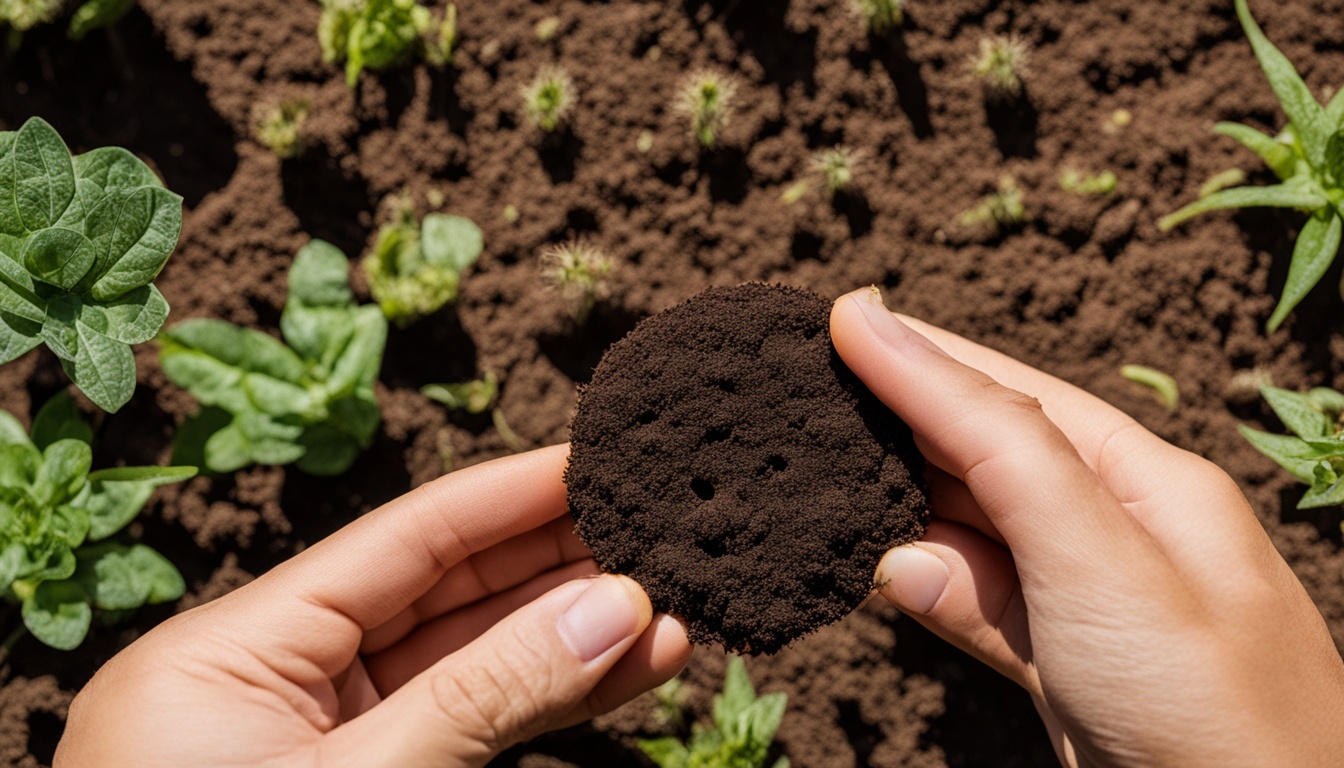8 Crucial Tips on How Many Seeds to Plant Per Hole.
How many seeds to plant per hole? Not sure how many seeds to put in each hole? Putting too many or too few seeds can affect your garden. Learn the perfect number of seeds for each hole to get lots of healthy plants.
Understanding Germination Rates
Understanding seed germination rates is key to getting seeds to sprout well and plant efficiently. This knowledge allows you to guess how likely it is for seeds to grow into healthy plants. Germination rates change from one plant type to another. They are affected by how old the seeds are. This information shapes how we plan our planting.
Why Germination Rates Matter
Why are seed germination rates important? They help us figure out how many seeds to plant to avoid waste. By knowing this rate, we can plant the right amount. This way, we get the most plants without losing seeds. High germination rates mean we can expect more seedlings. This leads to better use of resources and successful crops. Seed sellers test to see if seeds are good before selling them. This tells us how likely they are to grow.
Calculating Germination Rates
The germination rate formula is simple: (number of seeds that sprout / total seeds planted) x 100. This tells us how good the seeds are. It also helps adjust how many seeds we use. Usually, we plant two to three seeds in each spot. This depends on how fresh the seeds are and their germination rate. Keeping seeds in the right conditions can make them last longer. Some seeds stay good for years if stored in cool, dry places.
Improving Germination Success
To get more seeds to sprout, it’s important to use fresh seeds. You also need to meet each plant’s specific needs. The right soil temperature and moisture are crucial. Most seeds grow best in warm soil. Cold soil can kill young plants with diseases. Giving plants enough light for 12 to 16 hours each day helps a lot. You should also keep the soil moist. Fresh seeds are more likely to sprout. Older seeds may not grow as well over time.
Factors Influencing Seed Growth
Knowing the key seed growth factors is key for plants to grow well. Light, temperature, and moisture are vital for young plants. They help create the perfect conditions for growth.
Light
Light is crucial for seedling care. It supports photosynthesis, essential for plant growth. Seedlings need the right amount of light to be strong. Not enough light makes them weak and tall.
Give your seedlings lots of light to help them grow healthy. A good spot is a south-facing window. It brings in sunlight all day.

Temperature
Temperature affects how seeds start to grow. It changes activities inside the seed, impacting its awakening. Seeds like melons grow best in warm temperatures between 75-85°F or 24-29°C7.
Keeping the right temperature aids in seed growth. It makes sure seeds grow into healthy plants.
Moisture
Moisture is crucial for seeds too. It softens the outer layer and starts growth processes. Too much or too little water can be bad, so it’s important to find a balance.
For seeds with a good chance to grow, like arugula with a 90% chance, the right amount of water helps a lot. Doing this makes your seedlings strong and vigorous.
How Many Seeds to Plant Per Hole
Finding the right number of seeds to plant per hole is a careful mix. For big seeds like pumpkins or beans, stick to just one seed in each hole. This method considers their good germination rates and cuts down the need for thinning.
With medium-sized seeds, such as tomatoes or peppers, it’s best to go with two seeds per hole. Planting two seeds means if one doesn’t sprout, you still have a chance with the other.
Small seeds like lettuce, carrots, or onions should have three seeds per hole. With their smaller size and lower sprouting rates, planting more boosts the chances of growing successful seedlings. Later, removing some seedlings can help the strongest ones grow better.
Advice on thinning ranges from removing all but one sprout, waiting a bit before thinning, to keeping no more than two for strong plants.
Choosing the Right Seed Starting Mix
To start seeds successfully, you need the right mix. This mix should drain well and have lots of nutrients to help seeds grow and stay disease-free.
Importance of Sterile Soil
Using sterile soil is key to keep away harmful bugs and diseases that stop seeds from growing. Sterile, soilless mediums and good airflow protect against diseases like damping-off. Using clean soil ensures your young plants grow in a safe, healthy setting.
Best Soil Types for Seed Starting
The top soils for seed starting have the right texture and nutrients. They often include vermiculite, perlite, and peat or coir for green thumbs. These ingredients help roots develop by improving air and water in the soil. A soilless mix comes in handy in filling up two trays for your seeds.

Choosing the right soil mix also means keeping it sterile. This way, your seedlings get off to the best start. Don’t forget to give them enough light, keep them warm, and space them outright. These steps help ensure your garden grows well.
Planting Methods for Different Seed Sizes
Different seed sizes require various planting methods. It’s crucial to match the method to the seed size for the best start. Small, medium, and large seeds each have their own needs for planting depth and space. This understanding can make your garden flourish.
Large Seeds
For big seeds like melons and beans, plant 2-3 seeds in each spot. After they grow, keep the strongest plant in each spot. They should be buried three times their size in soil. This helps their roots grow strong. Pots made of peat or coco are great for these seeds.



Comments
Post a Comment